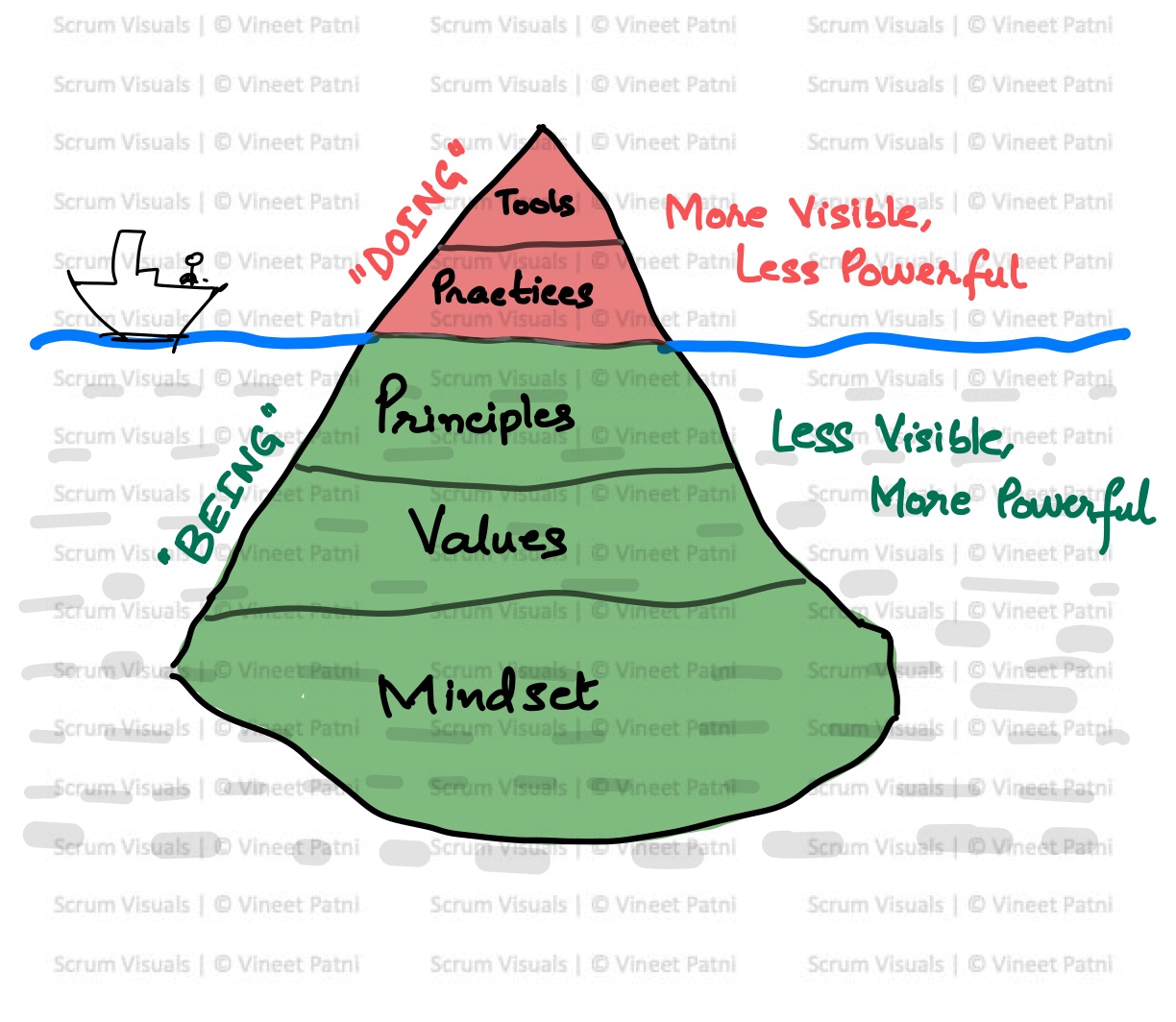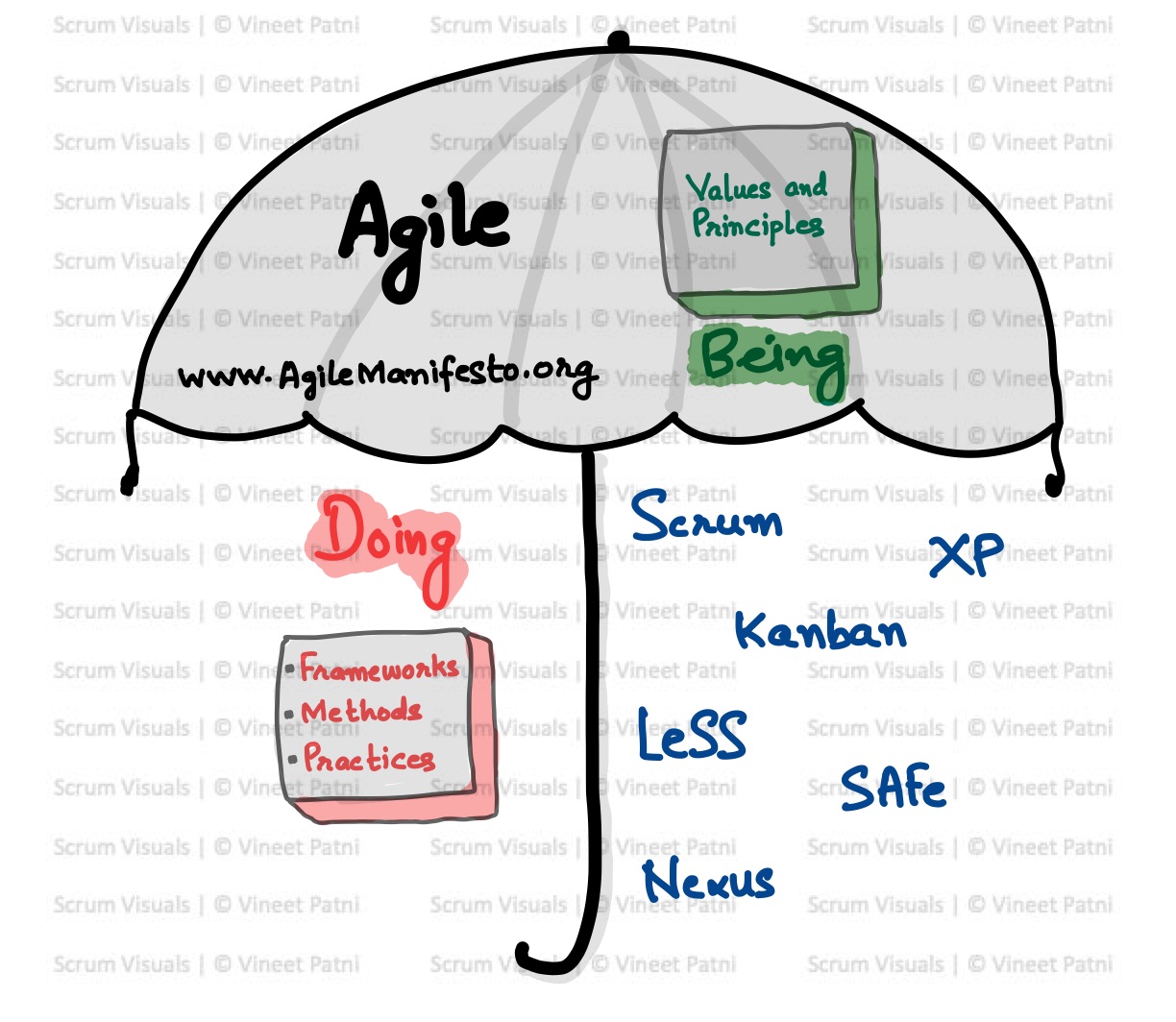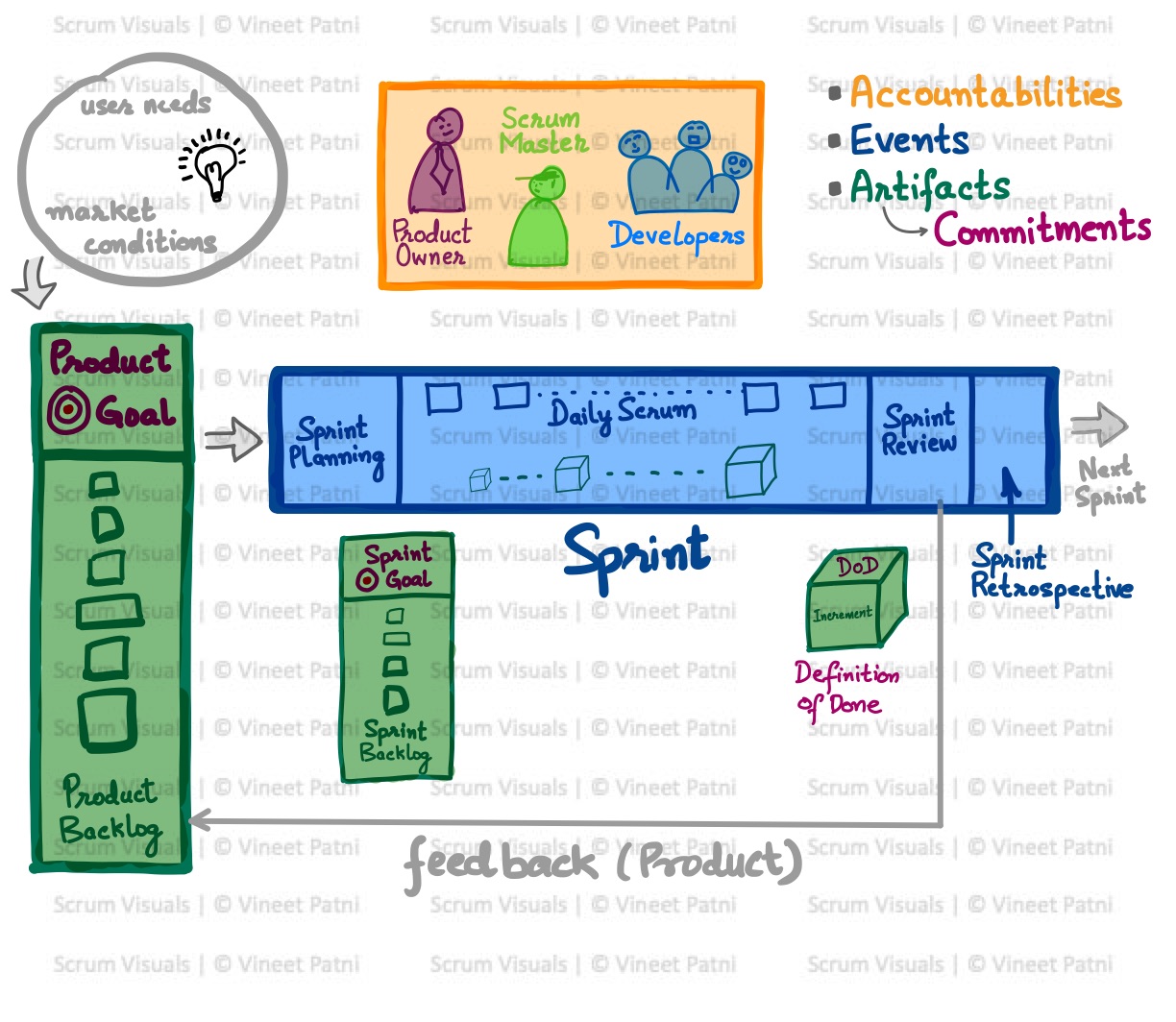How to Use User Stories and Requirements Effectively in Agile Product Management
When building successful products, two essential tools come into play: user stories and requirements. While both are used to guide product development, they serve very different purposes. Understanding when to use a user story and when to write requirements can make the difference between a product that users love and one that misses the mark.
In this blog, we’ll explore the differences, frameworks, and best practices for writing user stories and requirements, along with real-world examples and the popular 3C’s of user stories.
What Are User Stories?
User stories are short, simple descriptions of a feature told from the perspective of the end user. They form the foundation of the product backlog in Agile teams and represent items that provide real value to the user.
A typical user story answers three questions:
- Who are we building it for?
- What are we building?
- Why are we building it?
The common template is:
As a <user type>, I want <a functionality>, so that <a benefit>.
Example:
- As an online shopper, I want to make payments using a credit card so that I can earn reward points.
This structure keeps the focus on the user, their needs, and the value delivered.
Why Are User Stories Important?
Unlike traditional requirements, which often dive into technical details, user stories capture the emotional impact and user perspective. They help:
- Align Developers with real customer needs.
- Provide context about the “why” behind a feature.
- Allow flexibility in implementation while ensuring the outcome is valuable.
For Developers, knowing the benefit helps create smarter solutions. For example:
A lecturer wanted a chair to reach a high projector. The support staff asked why he needed it and instead handed him a remote to switch it on—solving the problem more effectively.
This shows why understanding the user’s intent (the “why”) is critical.
The 3C’s of a User Story
Agile experts often describe user stories with the 3C framework:
- Card – Write the story on a card (or digital tool) with concise details. If complex, split into multiple stories.
- Conversation – Encourage discussions between Developers and stakeholders. The story is a placeholder for deeper conversations.
- Confirmation – Define acceptance criteria to validate whether the feature meets user needs.
Example of Acceptance Criteria for the credit card story:
- Only valid cards should be accepted.
- Certain card types may be restricted.
- Card details must be verified before processing.
This ensures clarity for both the team and stakeholders.
What Are Requirements?
While user stories focus on outcomes, requirements specify the exact functionality the product must have. They often include detailed, technical instructions used by Developers during implementation.
Example:
- When a user requests a password reset, they should receive an email with a one-time-use link.
- The link must expire after two hours.
- The user should be able to set a new password after clicking the link.
Requirements go deeper than stories. They act as blueprints for Developers and engineers to ensure consistent, reliable system behavior.
Key Differences Between User Stories and Requirements
| Aspect | User Stories | Requirements |
| Focus | User’s desired outcome | Product’s intended functionality |
| Perspective | End user’s voice | System or product design |
| Format | Short, simple, human-centered | Detailed, technical, precise |
| When Written | Anytime during product development | Often during planning or refinement |
| Owner | Product Manager / Product Owner (anyone can suggest) | Product Manager, Business Analyst, Engineers |
When to Use User Stories vs Requirements
- Use a User Story if the feature is meant to deliver direct value to the customer.
- Use Requirements if it involves technical needs, infrastructure, or security that may not be visible to the end user but are essential to product success.
A good practice is to start with the user story (the “why”) and later add requirements (the “how”) when the implementation details need to be clarified.
Writing Timelines for Stories and Requirements
- User stories can be written anytime and stored in the product backlog. They are refined and prioritized during sprint planning or backlog grooming.
Requirements are usually defined once planning progresses further and implementation approaches. Writing them too early can lead to rework if user needs change.
Final Thoughts
At their core, both user stories and requirements aim for the same outcome: building products customers love.
- User stories keep the team aligned with the user’s perspective and desired outcomes.
- Requirements ensure that technical details are clearly defined and correctly implemented.
The key is knowing when to use each. Start with the user story to capture value, and add requirements when you need to define functionality in detail.
By balancing both, Product Managers, Product Owners, and Agile teams can build products that are not only functional but also truly meaningful to users.
For more details, contact ScaleUp Consultants, or explore our upcoming trainings to accelerate your Agile journey.











